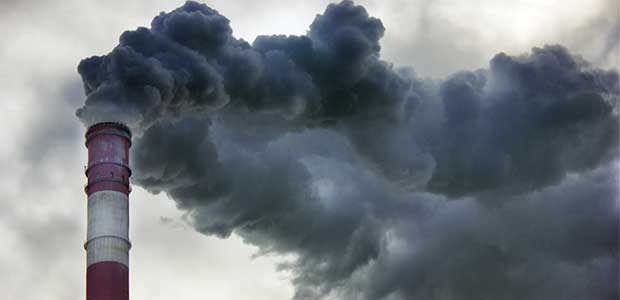
Research suggests that a nearly eight percent in overall fossil fuel use, driven by the coronavirus pandemic, is both record-setting and worrysome.

For the New York Times’ last climate change event, The Greenhouse spoke with two chefs on how to utilize basic ingredients for sustainable cooking in individual and restaurant business settings alike.

As part of Earth Week last week, the NYT Greenhouse gave its recommended list of books on climate change and hosted a conversation with Earth Day organizer, Denis Hayes, and other environmentalists. Here’s the inside scoop.

This Earth Day, HP Printing is celebrating by talking about the benefits of 3D printing technology, and what that could mean for an individual, a business and the future of the earth.
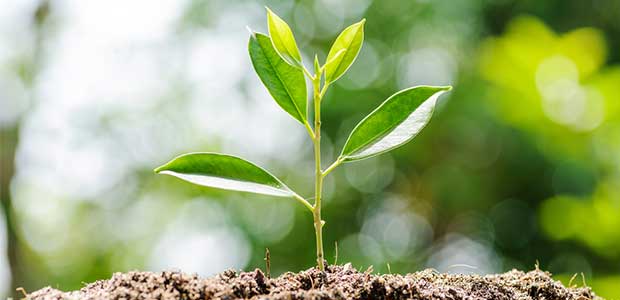
Since its birth in 1970, Earth Day has become a worldwide movement to garner more attention for the environment, its resources and its species. While the movement has evolved over the years, its ultimate call to action has only gotten louder.

Today the New York Times hosted its second digital climate change event, The Greenhouse, to talk about climate change stories using visual elements—and how the simple technology of a photo has helped transform the climate change discussion over the last few decades.

Just because you are at home, cooking more and testing your boredom does not mean you should forget about your carbon footprint reduction checklist. Here are the New York Times’ best at-home, eco-friendly steps that are easy.

The food supply chain is one area that will face many of the consequences of the coronavirus. However, opportunities arise from this situation as well.
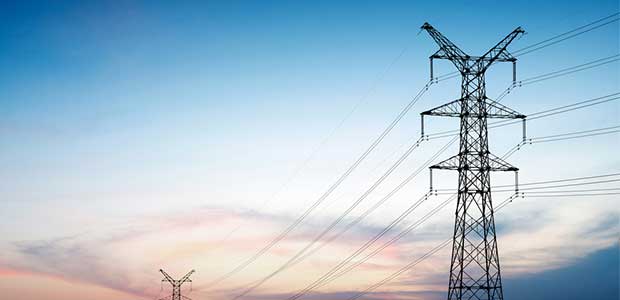
The energy sector, in particular, has a unique relationship with the coronavirus, and this pandemic is highlighting the importance of energy equality.

Kicking off the first of a five-part series titled The Greenhouse, the New York Times has invited listeners around the U.S. to hear what climate journalists have to say about global warming climate change in the age of the coronavirus. Here’s a recap of the first event.
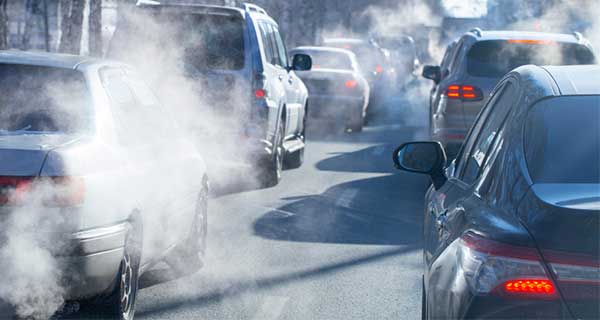
Coronavirus patients in areas with high air pollution are more likely to die from the infection. Here’s what you need to know—and some tips on reducing exposure to pollution.

Major review reports the recovery of marine life—but we are not done yet.

The outbreak of the coronavirus has meant littered medical supplies waste in parking lots, on sidewalks and most other public spaces. It is one of the many unintended byproducts of the pandemic.
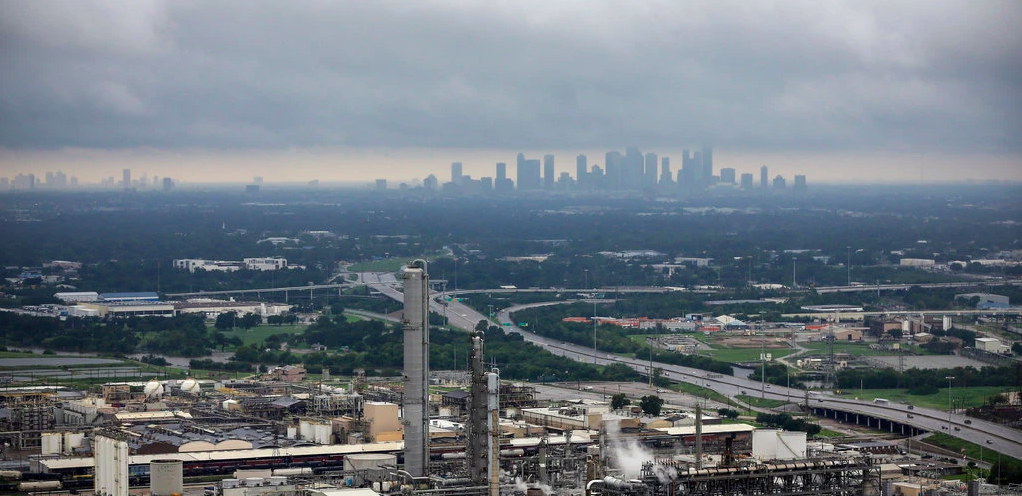
In response to the coronavirus pandemic, the EPA drastically reduced pollution rules for power plants, factories and other facilities.

Environmental protection is benefiting big time from big data.
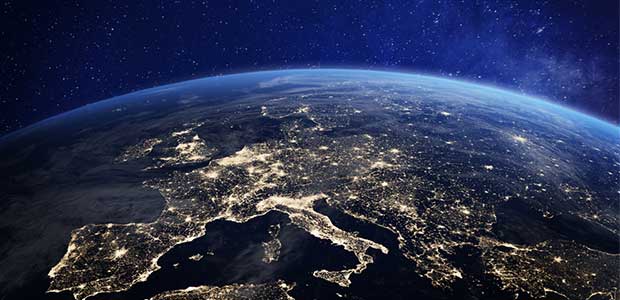
The worldwide pandemic has had some unexpected effects on climate change. The question is: can the world learn from it?
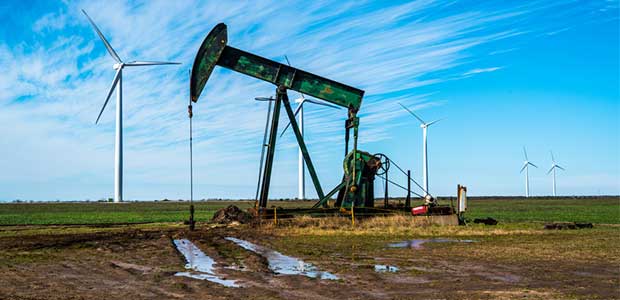
Energy experts classify oil as a nonrenewable resource. However, that doesn't mean people can't still abide by eco-friendly practices when using it.

The Environmental Protection Agency (EPA) just released a list of EPA-registered disinfectant products that have qualified for use against SARS-CoV-2, or the coronavirus that causes COVID-19.
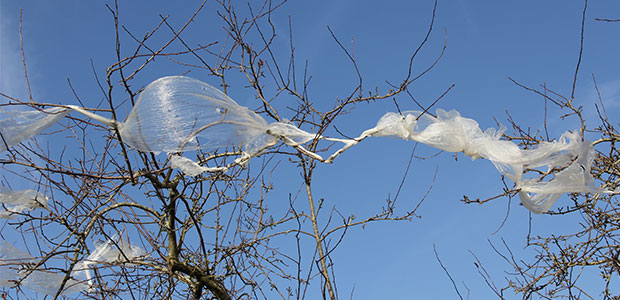
The state of New York is the third U.S. state to mandate that all businesses avoid single-use plastic bags in order to address “environmental blights.”
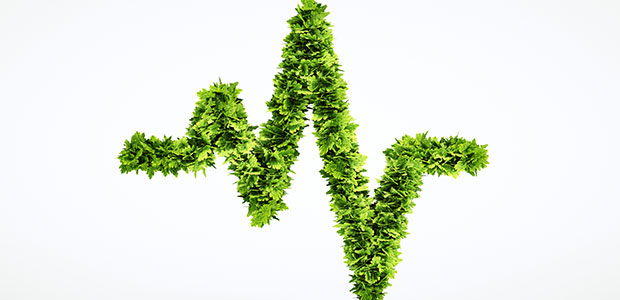
The medical industry doesn't have the best track record when it comes to environmentalism. However, some healthcare companies are changing that.